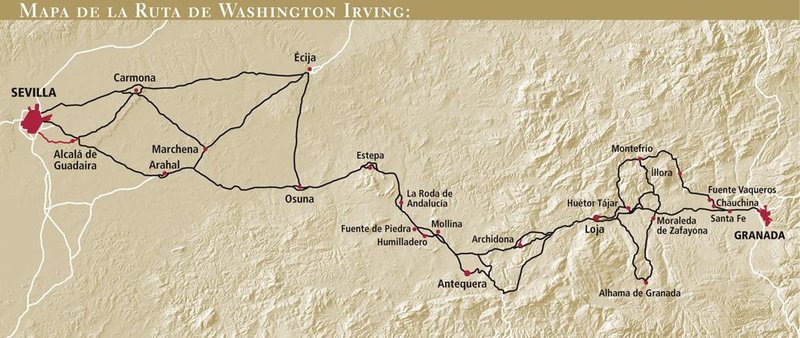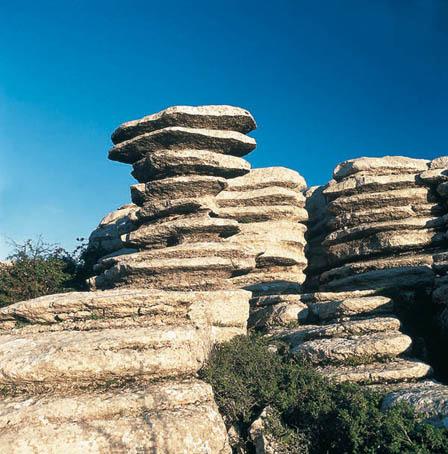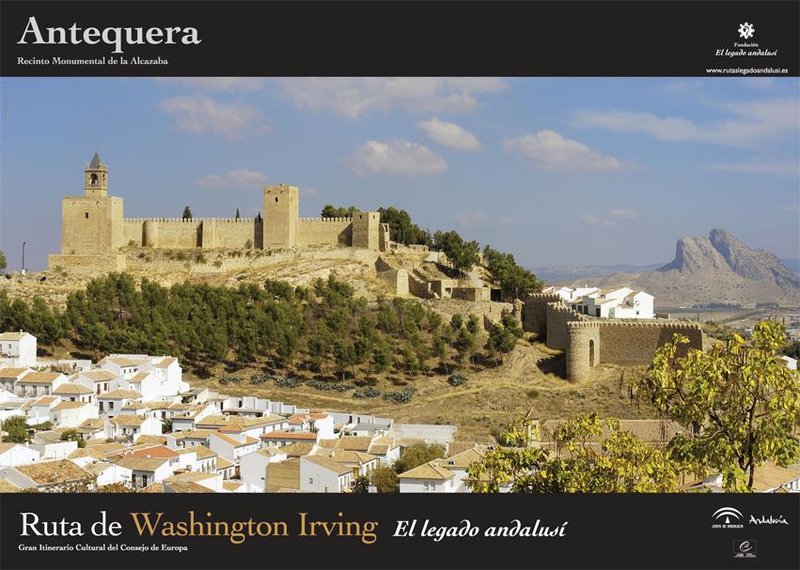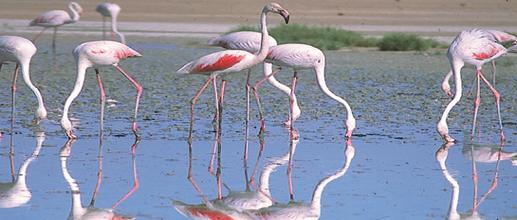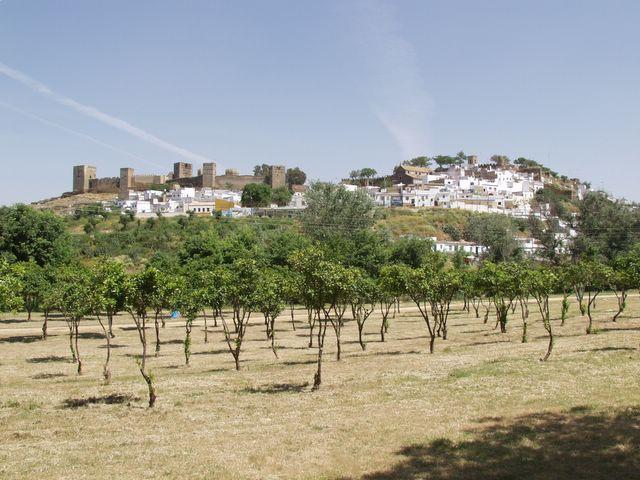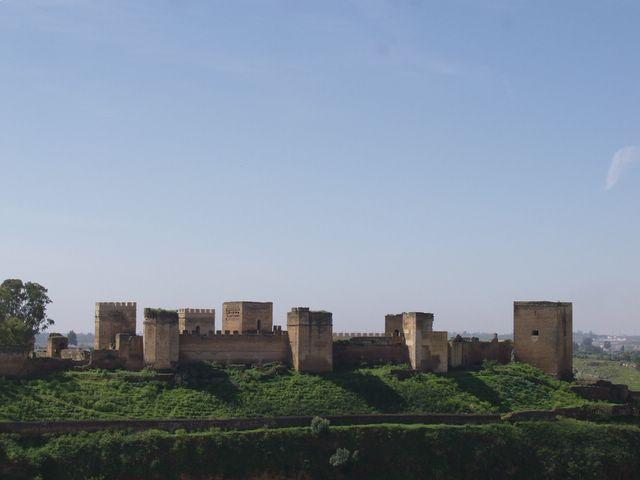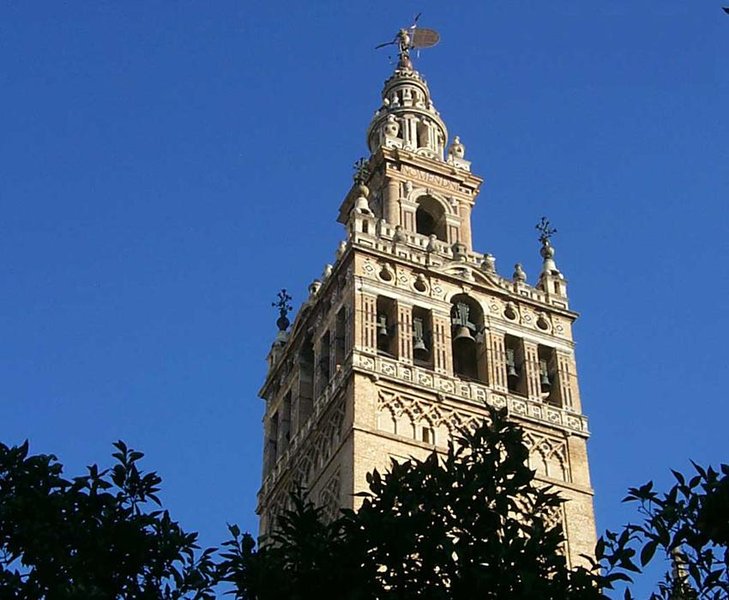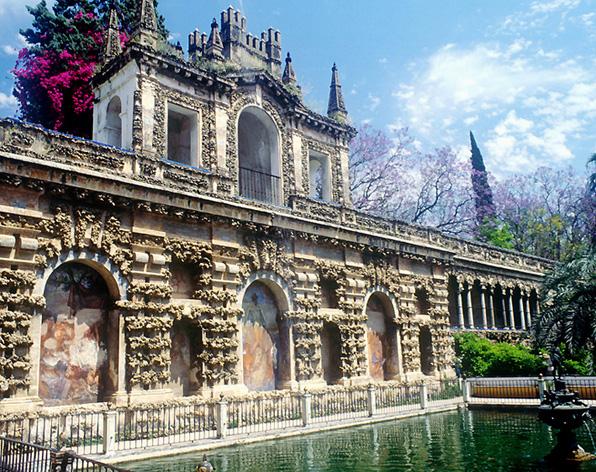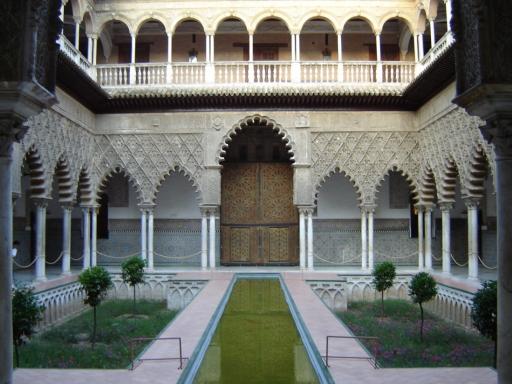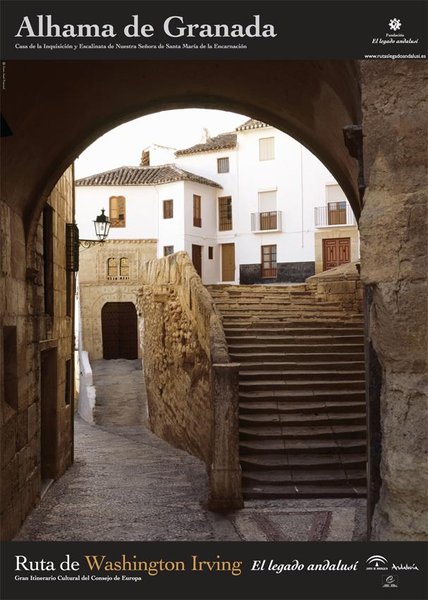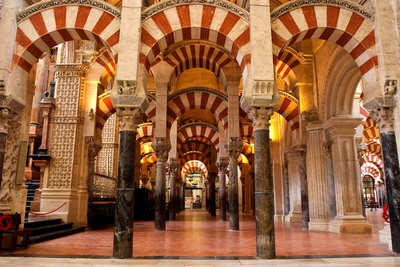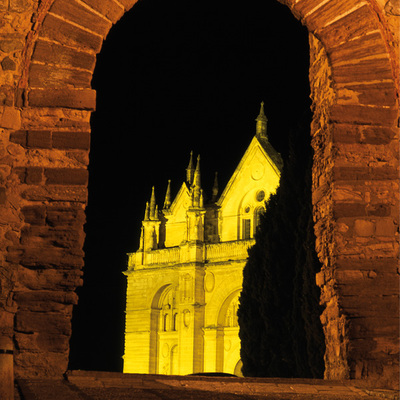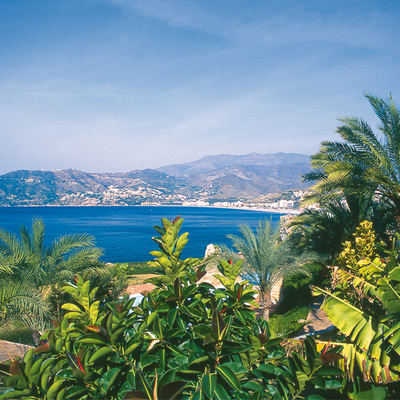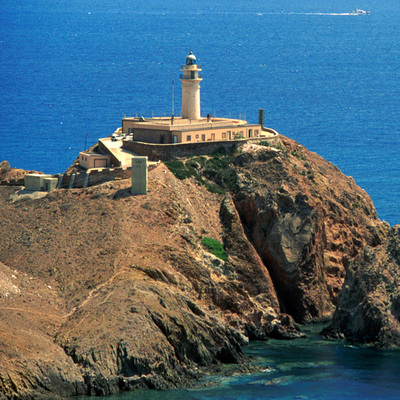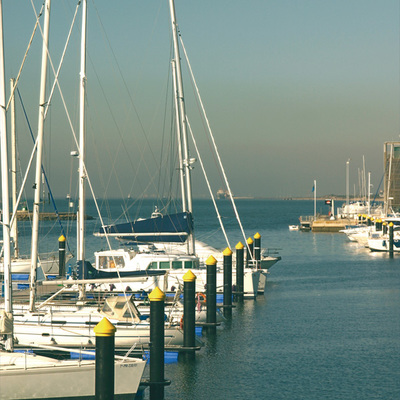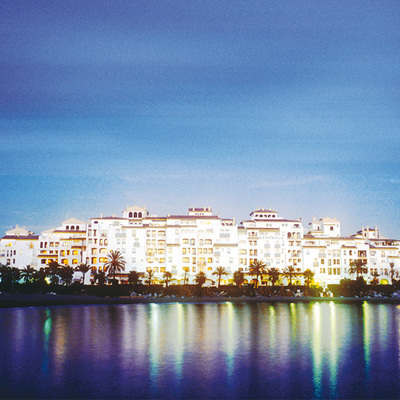Washington Irving Route
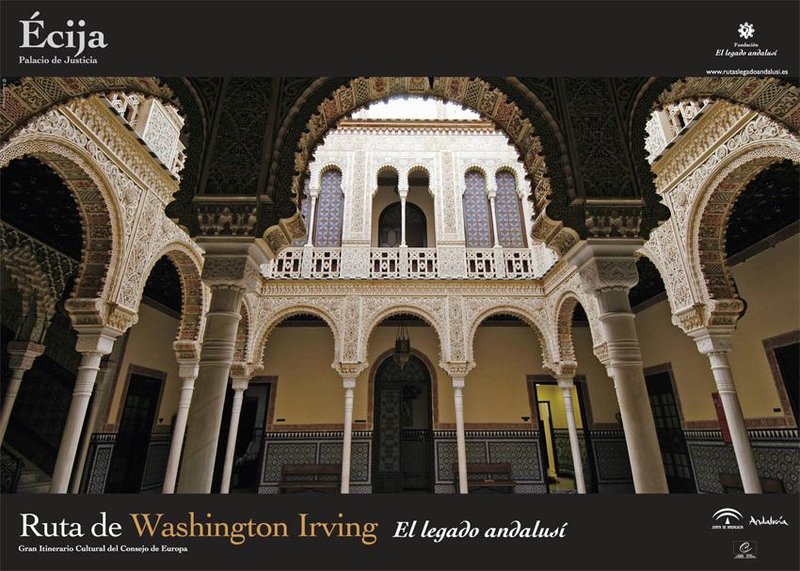
The Washington Irving Route is a vital link between Seville and Granada, two essential cities in the Hispanic-Moorish civilisation.
The itinerary relives the route taken on horseback in 1829 by North American romantic writer who gives his name to the route, bewitched by the exotic brilliance and abundance of “Moorish” remains in Andalusia.
A historic route that in the Middle Ages served as an important commercial link between the Nasrid Kingdom of Granada and the Christian dominions.
Seville is the first step along the route. The ring of walls comprising the Reales Alcázares, the Giralda, etc. create a privileged setting for evoking memories of al-Andalus.
From Seville, the route meanders through the countryside as far as Alcalá de Guadaíra, which lies under the protection of a robust al-Andaluz fortress. From here, it climbs up to the monumental Carmona, a surprisingly robust artistic complex, and then on to Marchena and Écija, full of towers, churches and palaces brimming with works of art. The prodigious monumental wealth of the Seville countryside continues with the Ducal Osuna and the neighbouring Estepa.
After La Roda de Andalucía, we cross the border into Malaga where we find the wonderful salt lagoon of Fuente de Piedra. Humilladero and Mollina, districts noted for their wines antiquities, lead the way to Antequera, the geographical hub of the region, embellished by a fortress, churches and incredible Baroque palaces and the fantastic rock formations of El Torcal. Then comes Archidona, guarding the frontier to the province of Granada.
Surrounded by mountains, Loja is flanked by the highlands of Moraleda de Zafayona and Alhama de Granada. Beyond Loja we come to the towns which constituted the last Nasrid frontier: Montefrío and Íllora.
In the midst of forests and crops we find Fuente Vaqueros, Chauchina and Santa Fe, symbol of the conquests by the Catholic Monarchs' and precursors of route's destination, Granada, the romantic myth of Muslim Spain.

